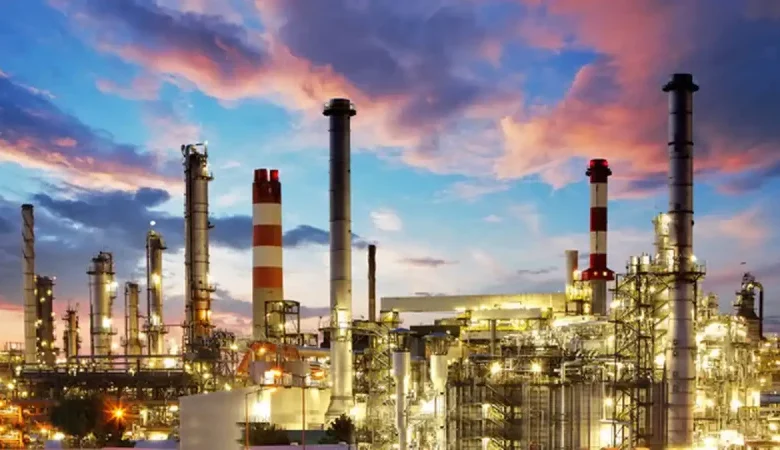The government is on the brink of bankruptcy for the stock exchange companies of sewing bags/petrochemical industries

According to Tejarat News, the profits of petrochemical companies, due to their export-oriented nature, have always depended on the global prices of products and their received feed rates. Considering that global rates are not at the disposal of Iranian petrochemicals and its fluctuations are undeniable, it should be said that a large part of the profit margin of petrochemicals depends on the price of feed they receive.
Currently, the increase in gas feed rate ceiling up to seven thousand tomans has caused the profitability of petrochemical companies to be seriously threatened. On the other hand, petrochemical companies are facing the problem of the exchange rate of 28,500 tomans and they cannot even calculate their income at the daily rate. This has caused the company’s costs, which have increased by 50 thousand tomans due to inflation, making their production situation worse day by day.
Dollar threat of petrochemicals
A look at the financial statements of petrochemical companies on the stock exchange shows that these companies faced a decrease in profitability in the last quarter of last year. If the gas feed rate increases, their production costs will increase drastically, and since their income depends on the government exchange rate, we should expect a further decrease in the profitability of petrochemical companies.
Looking at the gas price in 4 hubs Henry Hub of America, Alberta of Canada, NBP of England and TTF of the Netherlands and the average domestic price, it is clear that the feed rate of petrochemicals based on the dollar is considered to be around 14 cents. Therefore, taking into account the exchange rate of 28,500, the feed rate of petrochemicals is less than four thousand tomans, and if the exchange rate of 37,500 is considered, the gas feed will reach petrochemicals at the price of five thousand and 200 tomans.
With this calculation, it is clear that the government is in a state of uncertainty on how to compensate for its budget deficit, and it still believes that the only way to compensate for the budget deficit is to increase the gas feed rate. With this account, we should see that the government sacrifices the bankruptcy of petrochemicals to manage its budget or we have to wait for an increase in the exchange rate.
Loss of export advantage
Because if this procedure continues and petrochemicals take seven thousand tomans feed and price it at $28,500, they are getting closer to the swamp of losses day by day. Petrochemical companies compete with competitors in the global market who buy gas feed for less than 9 cents. The conditions of embargo also make Iranian petrochemicals to give discounts in transactions for the sale of their products, and this issue causes their minimum profit to go down.
With the continuation of this trend, it is not unlikely that urea producers who sell their products in installments in the domestic market will go out of profit in the near future.
Now, if the gas feed price formula is not implemented according to the notification of the Ministry of Petroleum and the feed price reaches its ceiling of seven thousand tomans, we have to wait for an increase in the price of the export dollar. If the government continues to suppress the dollar remittance of companies, petrochemicals will be on the verge of bankruptcy.
Industry; Hostage of the government budget
The calculations of the Majlis Research Center show that for every thousand tomans reduction in the feed rate of seven thousand tomans, about 37 thousand billion tomans are reduced from the targeted sources of subsidies. This caused the market activists to consider the plight of petrochemicals due to the inability of the government to manage the budget. Because despite the feed rate of 7000 Tomans and the dollar of 37 Tomans, there is more than 70 percent of the budget deficit in a targeted location.
It should be noted that with the increase in government spending in the coming years, it is not unlikely that the pressure on petrochemicals will increase and we will again see an increase in the feed rate.
Even though Raisi admitted in the presidential debates that the stock market is not a place to compensate for the budget deficit, he has now directly focused on making stock companies profitable in order to compensate for the deficit of several of his budgets.
But considering the threat of companies and the protest of industry activists, will the government return from this decision or is it ready to accept the consequences of its decision?
Read more reports on the stock news page.

